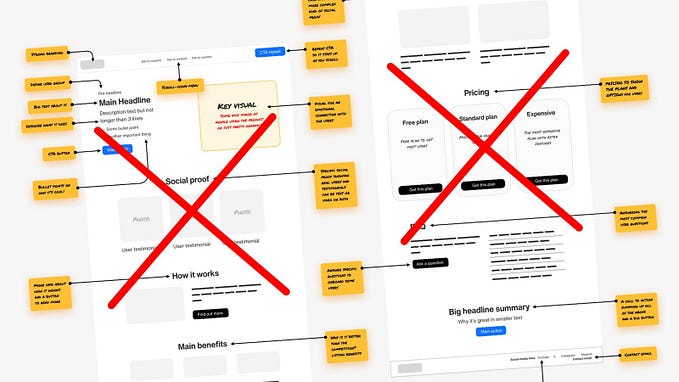Member-only story
Why is data-driven UX the way to go?
And how to use Data to achieve an enhanced User Experience

Modern society is completely shaped by Algorithms. From driving the stock market, writing articles — unfortunately not this one — and even driving cars, algorithms are the ones shaping your experience every day.
Your Tik Tok feed.
Your Spotify playlists.
Your Amazon recommendations.
Algorithms are today creating a personalized window into a world that is specially made for you.

Gone are the days when design used to rely majorly on the color palettes and the creativity of the designer. If we think of experience designers as the creators of the interface between people and technology, it makes sense that we should become savvier about algorithms.
But not only algorithms.
Humans tend to generate a lot of Data. With new technologies and products popping up every single day, we cannot miss out to analyze the Data generated and provide meaningful insights for better decision-making. User Experience is no exception for this new trend of data-based decision-making.
Today a new world is open to us. The world of data.
Right from the first impressions all the way to completing the purchase process, by hitting the right balance of features and functionalities in your UX, you’ll leave your users feeling successful and delighted — and this feeling will compel them to keep coming back for more!
Unraveling how to design UX is pretty complicated, so let’s try to review how to develope a Data-driven UX! :)
What is a Data-driven UX?
Data-driven UX is designing, testing, and refining the UX based on Data captured through UX tracking, market trends, and consumer responses. If analyzed properly, this…






